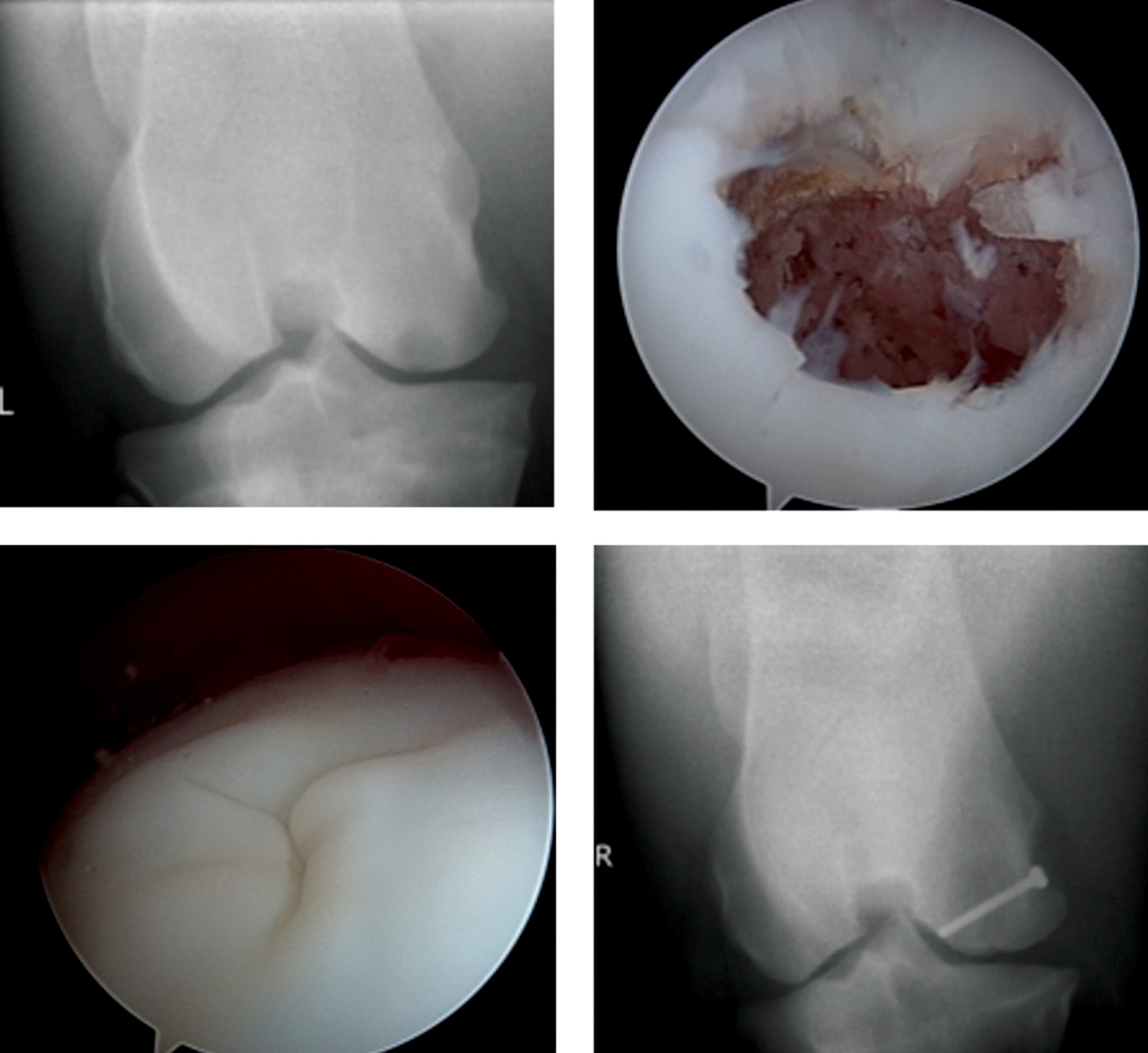Equine
Subchondral Bone Cyst
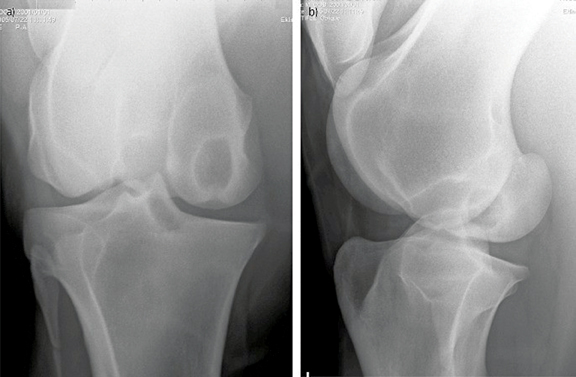
By Dr. Lauren Lamb
Last month we talked about osteochondritis dissecans (OCDs). This month we are going to talk about subchondral cyst, which is another type of bone disease commonly seen in horses. Unlike like OCDs, which are strictly a bone development disease, subchondral cyst can be developmental or acquired. Acquired means that the horse is not born with the cyst in their bone, but instead it develops secondary to an injury to the cartilage. Subchondral cysts are characterized as an area in the bone, usually adjacent to the joint surface, which is less dense and lined with an inflammatory lining. On radiographs the cyst will appear as a dark hole in the bone.
The cause of subchondral cyst is not completely understood. Two predominant theories have been supported by research. The first theory is called the hydraulic theory. With the hydraulic theory, the articular cartilage has full thickness damage, like a small split or tear.
Synovial fluid is forced into the cartilage defect while the horse is weight bearing. The fluid will place pressure on the subchondral bone, which will result in damage and necrosis of the bone. The subchondral bone is the bone directly beneath the cartilage.
Ultimately, this damage to the subchondral bone will lead to a subchondral bone cyst.
The second theory is the inflammatory theory, which causes a cyst to form and enlarge secondary to cellular and molecular mechanisms of inflammation within the subchondral bone. Subchondral bone cysts are seen predominately, about 50 percent of the time, in the stifle.
The second most common location is the long or short pastern bone, around 25 percent. About 62 percent of subchondral bone cyst occur in males, both stallions and geldings. Thoroughbreds and quarter horses are the breeds most commonly affected.
The most common clinical sign is lameness in the affected leg. Joint effusion (excess fluid within the joint) may or may not be present. Joint effusion is more frequent when the subchondral bone cyst communicates with the joint. Only 30 percent of subchondral bone cysts communicate with the joint. The pain causing the lameness is secondary to increased pressure within the cyst or increased inflammation in the bone around the cyst. The tissue within the cyst is termed myxomatous tissue. This tissue secretes inflammatory mediators that will dissolve the bone around the cyst.
To read more pick up a copy of the October 2017 NTFR issue. To subscribe call 940-872-5922.
Equine
Tuff Enough: Tuff Hardman Wins Big At Cheyenne Frontier Days
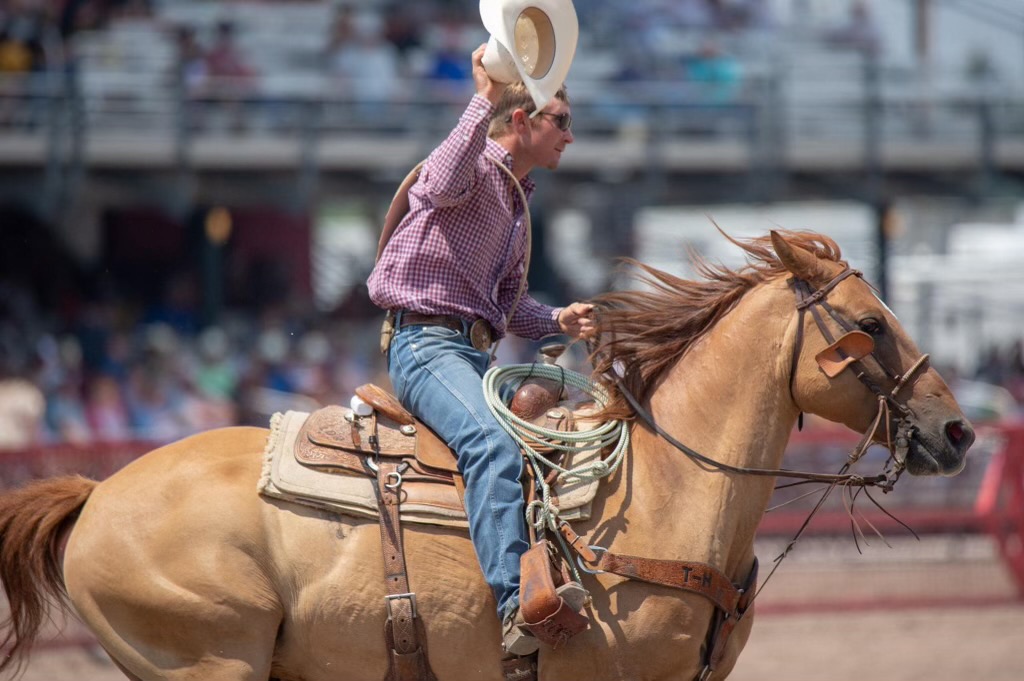
By: Krista Lucas Wynn | Copy Editor
The name, “Daddy of ’em All,” instantly brings to mind the world’s largest outdoor rodeo and western celebration. Cowboys and cowgirls from all across the country dream of competing on the iconic Cheyenne arena dirt.
Every July, pro rodeo contestants travel to Cheyenne, Wyom. to vie for the title of champion of the Cheyenne Frontier Days. The rodeo is steeped in western tradition and celebrated the 125th year this summer. With nearly two weeks of rodeo action, fans watched bareback riding, calf roping, breakaway roping, saddle bronc riding, team roping, steer wrestling, barrel racing, bull riding, and steer roping.
Steer roper, Tuff Hardman, knew winning “the Dad” was a tall order, but with a good horse and a few prayers he left no doubt who the best steer roper at Cheyenne was when it was all said and done. After two rounds, Hardman qualified back for the finals tied for ninth place with a time of 30.8 seconds.
To read more, pick up a copy of the September issue of NTFR magazine. To subscribe by mail, call 940-872-5922.

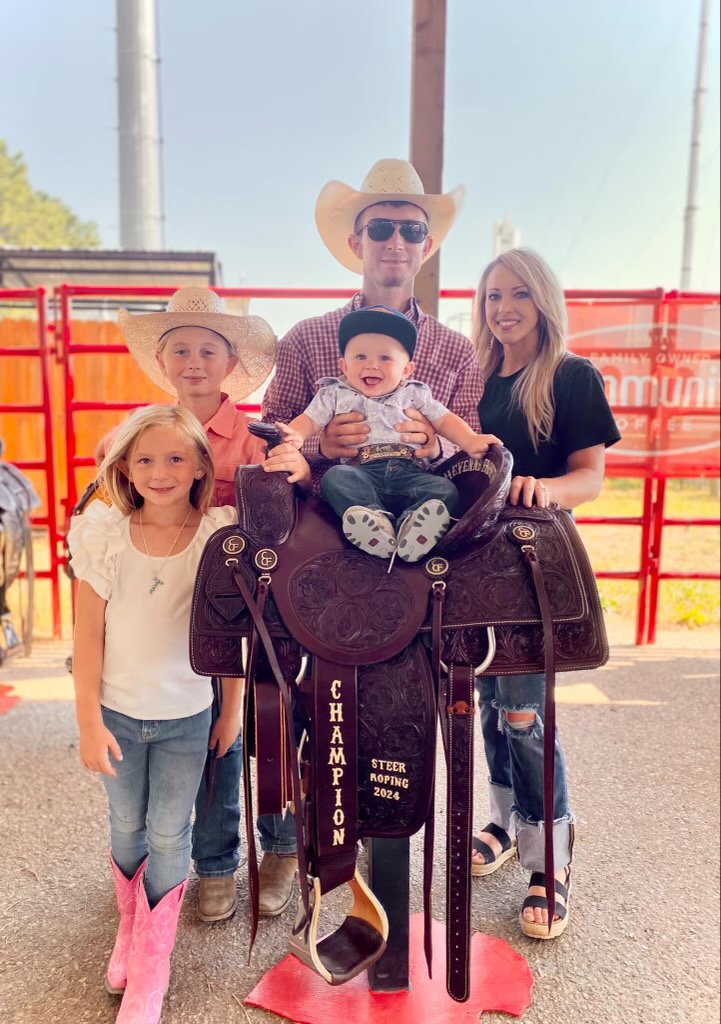

Country Lifestyles
Mandy Cleveland & Stable Strides Farm
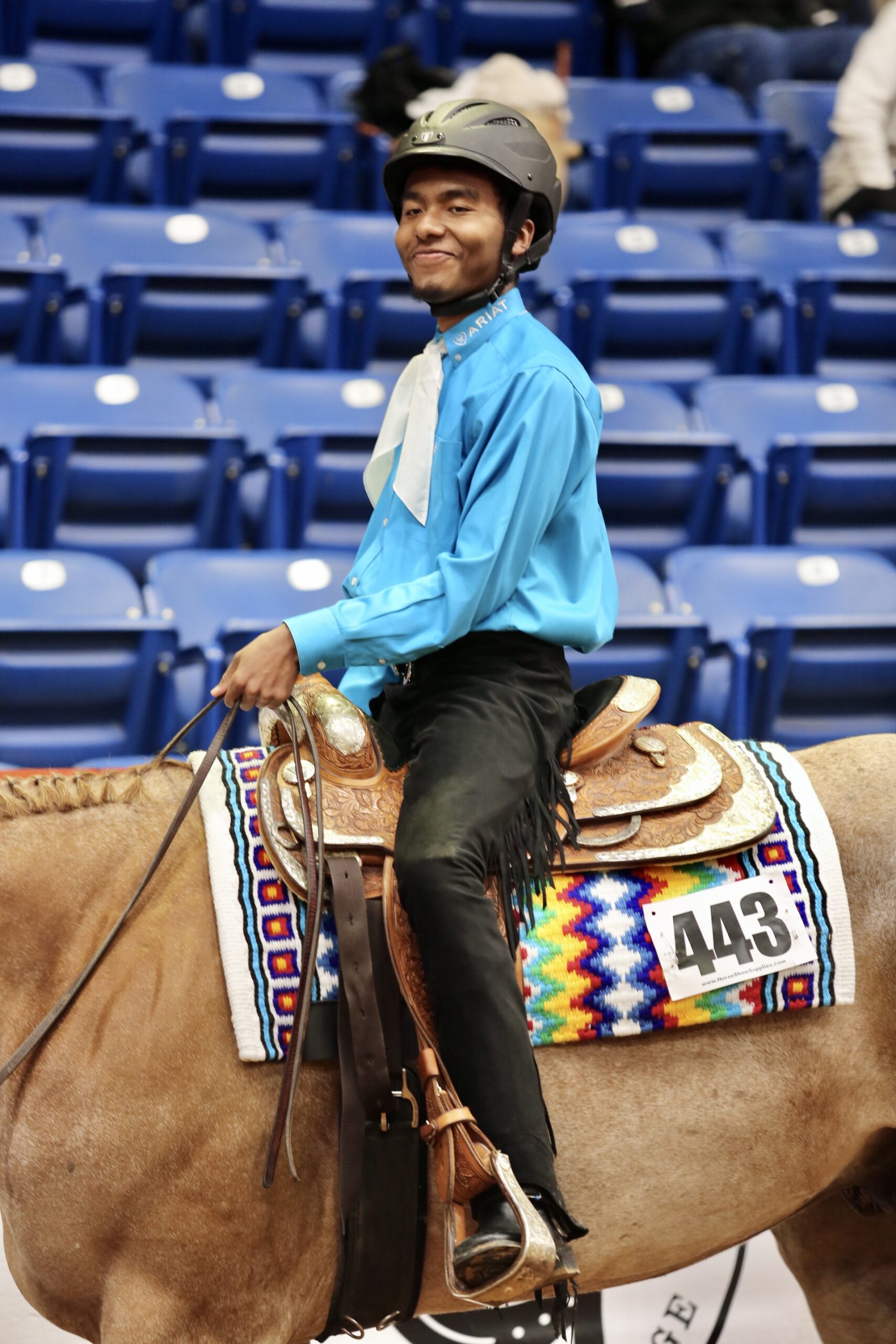
Utilizing the horse to human connection.
By: Hannah Claxton | Editor
Deep in the heart of Texas, both humans and horses at Stable Strides Farm in Pilot Point, Texas aer demonstrating just how big their hearts really are. Founded by Mandy Cleveland in 2001, Stable Strides Farm serves dozens of Equestrians with Disabilities and Veterans each week.
Deep in the heart of Texas, both humans and horses at Stable Strides Farm in Pilot Point, Texas aer demonstrating just how big their hearts really are. Founded by Mandy Cleveland in 2001, Stable Strides Farm serves dozens of Equestrians with Disabilities and Veterans each week.
“My boys have been riding since they were 18 months old, and for the first 17 years they had a leader and sidewalker. When we moved here, and Mandy started teaching them, she just said, ‘Let’s see what they can do,’ and they ride independently now,” Danielle Frank explained, whose two sons, Adison and Aiden, ride with Stable Strides Farm. “Mandy is amazing beucase she doesn’t place any limits on them, she always wants to see what they can do.”
It is her dedication to never setting limits that earned Cleveland a spot as a national finalist for the NSBA 2024 Dianne Eppers Cowgirls Reaching-Out-to-Community Award. The award was established by the NSBA Foundation to recognize cowgirls across the industry for their selfless contributions to the equestrian community.
To read more, pick up a copy of the September issue of the NTFR magazine. To subscribe by mail, call 940-872-5922.
(Photos Courtesy of Hannah Claxton)
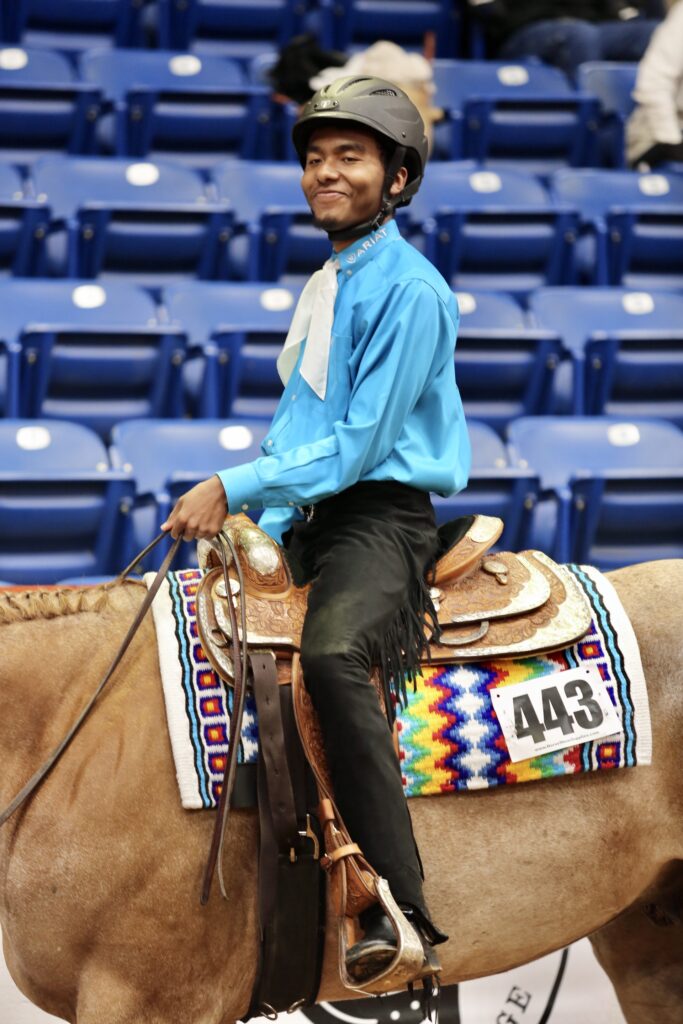
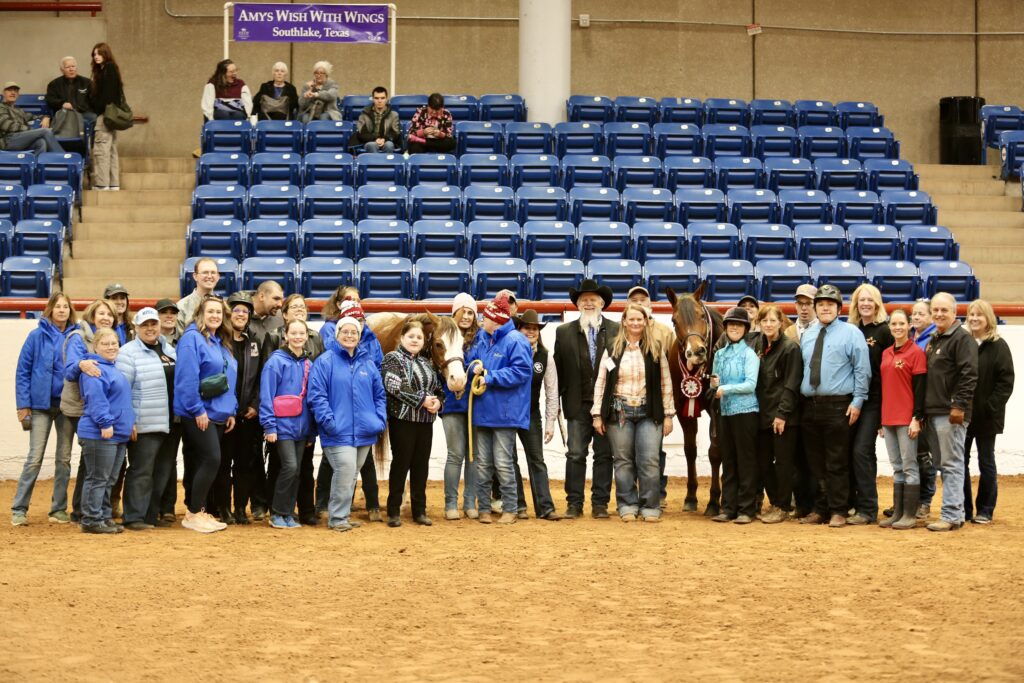
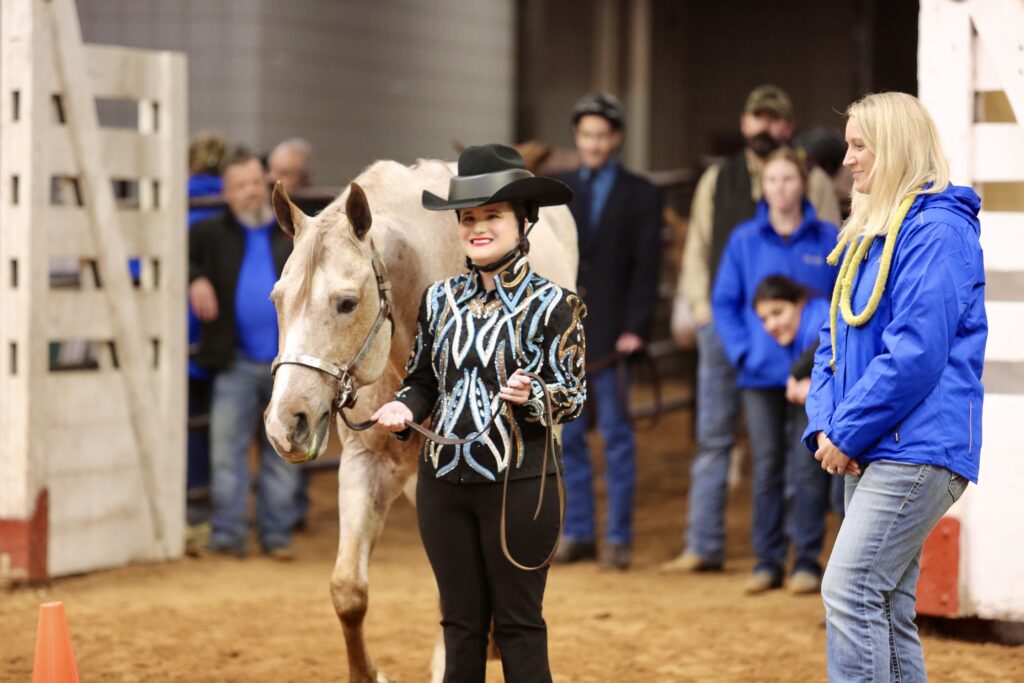

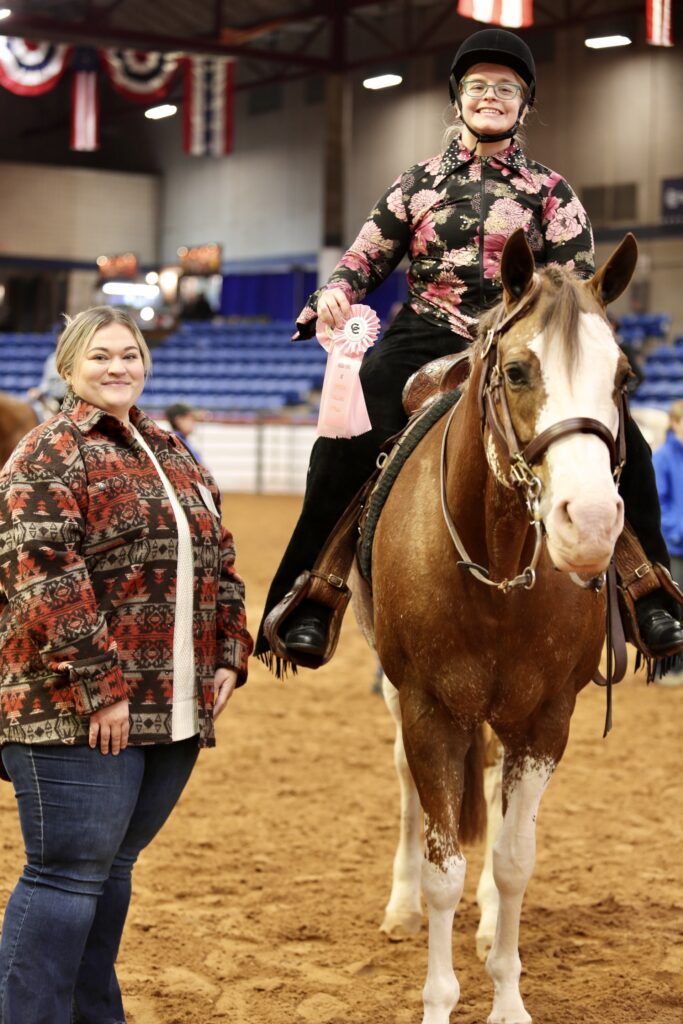
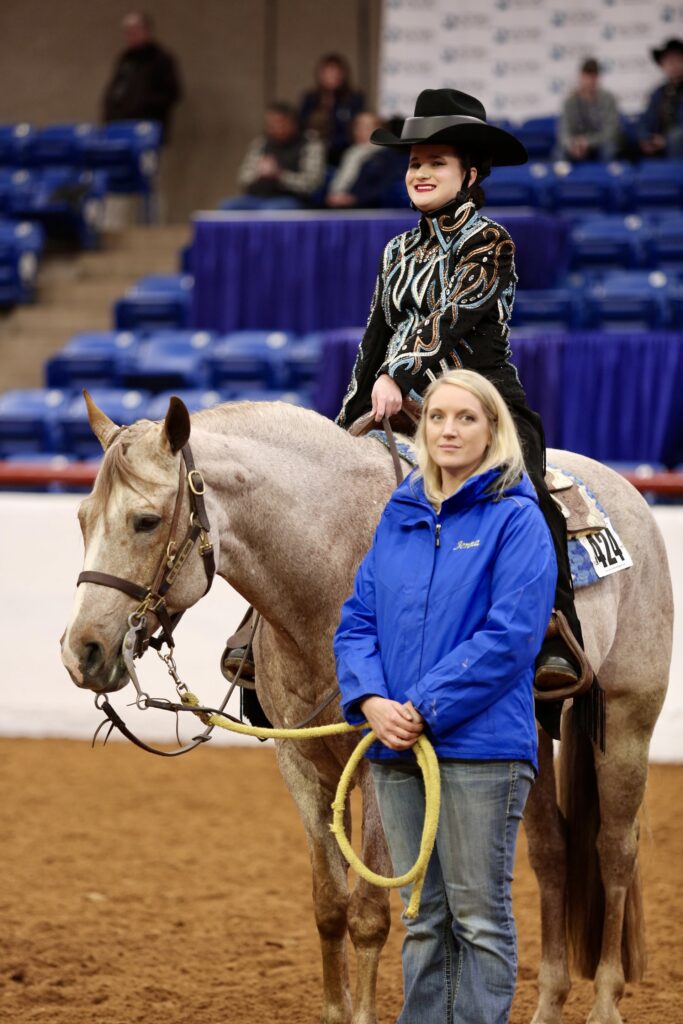
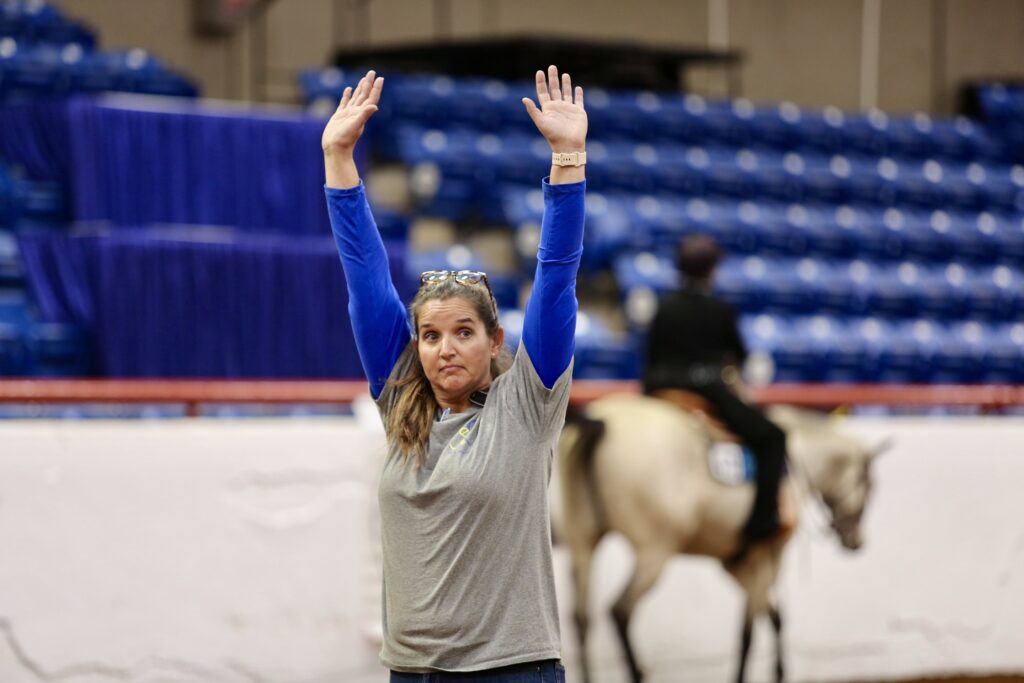
Equine
Beat the Heat

By Krista Lucas Wynn
The month of August is smack dab in the middle of summer. When in the thick of the hot summer days, it is important to keep horses, livestock and yourself cool, whether leisurely riding, competing or traveling. Texas temperatures, along with the humidity, can be extremely draining on equine athletes and riders alike.
The 100-plus degree days should come as no surprise. It happens routinely every year, and in true Texas summer fashion, it does not cool off much at night either. Horses cannot get much relief from the conditions, unless provided by a responsible owner. Sweating day in and day out can be detrimental to horse health.
It is vital to have fresh, cool water in front of horses at all times. Stalled horses should have at least two buckets in front of them. Electrolytes can help replace any lost hydration after riding. Fans are an important item to have on hand as well. They keep air moving, and now that it is dry and dusty, air movement is even more important.
To read more, pick up a copy of the August issue of NTFR magazine. To subscribe by mail, call 940-872-5922.
-

 Country Lifestyles2 years ago
Country Lifestyles2 years agoScott & Stacey Schumacher: A Growth Mindset
-

 Country Lifestyles8 years ago
Country Lifestyles8 years agoStyle Your Profile – What your style cowboy hat says about you and new trends in 2017
-

 HOME8 years ago
HOME8 years agoGrazing North Texas – Wilman Lovegrass
-

 Equine1 year ago
Equine1 year agoThe Will to Win
-

 Country Lifestyles5 years ago
Country Lifestyles5 years agoAmber Crawford, Breakaway Roper
-

 Outdoor9 years ago
Outdoor9 years agoButtercup or Primrose?
-

 Country Lifestyles8 years ago
Country Lifestyles8 years agoJune 2016 Profile – The man behind the mic: Bob Tallman
-

 Country Lifestyles8 years ago
Country Lifestyles8 years agoDecember 2016 Profile, Rusty Riddle – The Riddle Way

